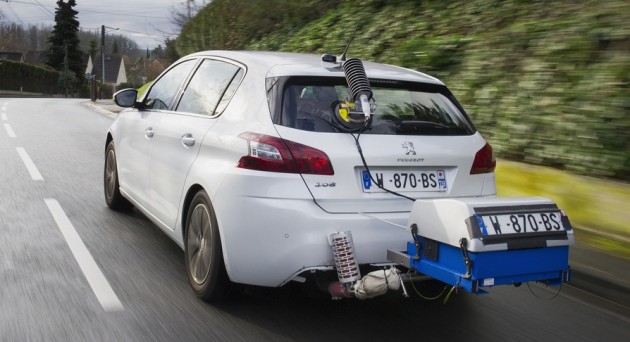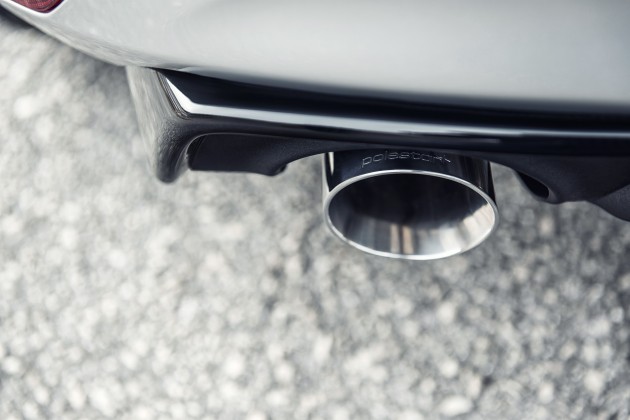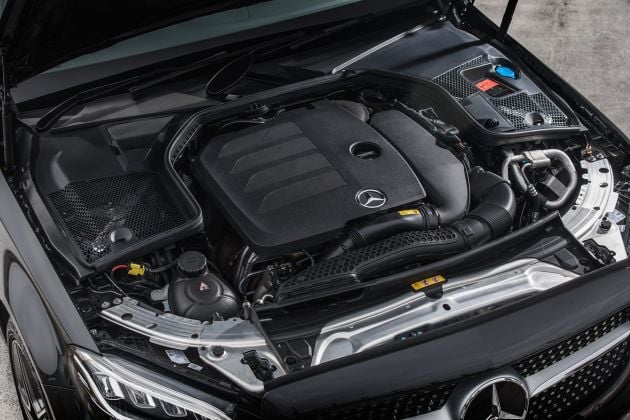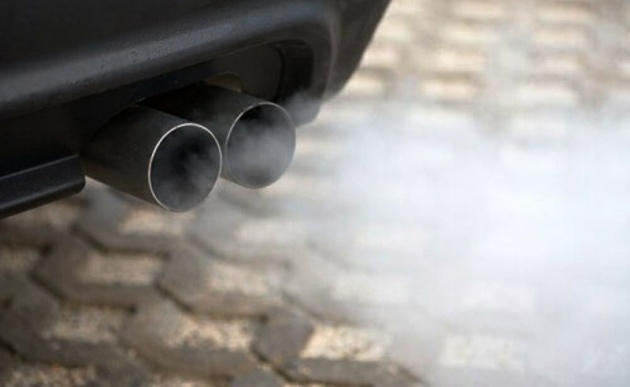The European Automobile Manufacturers Association (ACEA) says that proposals recently made by the European Union for Euro 7 emissions regulations – which are due to come into effect in 2025 – could make vehicles powered by internal combustion engines unviable by 2026, a full four years before new ICE vehicle sales are outlawed in the United Kingdom, according to an Autocar report.
The first substantial proposals for the Euro 7 regulations were made in October 2020 by the European Commission’s Consortium for Ultra Low Vehicle Emissions (Clove) comprised of engineering consultants, according to the magazine.
“The ACEA believes that the emission limit scenarios presented by Clove, coupled with the suggested new testing conditions, would in practice result in a situation very similar to a ban of vehicles powered by an internal combustion engine, including hybrid electric vehicles,” the ACEA said last December.
This has far-reaching implications for internal combustion engine-powered vehicles in the region. The more stringent proposals for Euro 7 put forth by Clove, if implemented, could potentially make many smaller, more affordable ICE cars economically unviable for production.
High-performance models could also be under serious threat, due to the need for emissions to be as low as possible, even under hard acceleration. As a result, all heavy-load driving scenarios such as when towing a caravan or heavily laden trailer could be difficult with a Euro 7 emissions-compliant vehicle, Autocar noted.
Proposals put forth by Clove suggest that future internal combustion engine-powered vehicles could be fitted with a multi-stage “supercatalyst” setup, according to Autocar. This setup would be comprised of a heated electric catalyst, a pair of 1.0 litre conventional three-way catalysts, a 2.0 litre particulate filter and an ammonia slip catalyst, the magazine wrote.
Clove claims this is a big step towards zero-impact after-treatment of exhaust emissions, however the ACEA argues that mandating the use of such a large, expensive component would be close to impossible in a small car and be very difficult to integrate into many existing vehicle architectures, and the added complexity will drive showroom prices up, the manufacturers’ association added.
Another proposal for Euro 7-compliant cars is for them to be installed with a sophisticated and costly onboard diagnostics system for monitoring the vehicle’s engine to ensure that it remains compliant to the upcoming emissions standards for 240,000 km, Autocar wrote.
Some car industry insiders also believe that the proposals are for an underlying aim to push motorists in the European Union into electric vehicles by making ICE-powered cars much more expensive or unable to meet emissions requirements, as well as to also push the heavy goods vehicle market towards electric drive, the magazine added.
There are two possible emissions requirements suggested by the Clove proposal, the more extreme of the two mandating numbers which are even lower than those from vehicles compliant with the latest Euro 6d and Real Driving Emissions (RDE) standards, wrote Autocar. By Clove’s own calculations, emissions from Euro 6d-compliant vehicles are well under RDE limits in normal driving conditions, it said.
Clove aims for the limits for all pollutants – including nitric oxide, carbon monoxide, particulate matter, ammonia, methane and nitrogen dioxide – from Euro 7-compliant vehicles to be the lowest in the world, and the new emissions limits are proposed to be applicable in all driving scenarios, including driving immediately after a cold start, in stop-start traffic, hard acceleration, driving uphill and when towing a trailer.
The opposition from the ACEA is based on the Clove proposal to cut internal combustion-engined vehicles’ emissions in all scenarios, with the manufacturers association arguing that the proposal would mean “vehicles being tested in a completely unrepresentative way that would combine all the worst cases,” such as going uphill at high altitude under low ambient temperature with aggressive driving, the magazine wrote.
The ACEA has stated its opposition to the proposed new limits, the association arguing that the portable emissions measurement systems (PEMS) attached to cars for real-world testing would face great difficulty acquiring accurate measurements; for this, the PEMS would need to render readings that are even more accurate that those from laboratory tests, the association said.
Meanwhile, Clove member Jon Andersson, who is global technical expert, emissions measurement and standards at engineering consultancy Ricardo told Autocar that the matter of emissions measurements is under review. “On the PEMS side, I think it’s reasonable to say that final Euro 7 limits would be set after considering the capabilities of the measurement systems and not independently,” Andersson said.
The ACEA remains unconvinced of the super-catalysts’ feasibility, Autocar noted. “Technical solutions designed to meet, or intended to meet, the proposed extremely low limit values for NOx, combined with very stringent limitations of NO2 and NH3 [ammonia], will be very costly and massively complicated,” the association said.
Looking to sell your car? Sell it with Carro.






Katsana tengah sibuk citer emission..
Katsini pulak sibuk korek bijih, buat electric car.
Mereka hidup senang, di sini merana kerana kesan nya
According EU pollution can be localised and won’t affect their part of the world. I wonder which planet are they living in.
semua pakai kereta kuda , kereta lembu ataupun kereta kaki aja…very low emission…
Basically cars will be affordable only by the ultra rich in the future. banning ICE cars would not make EV much more affordable to the masses.
quasi solid state molten salt battery is the future to power clean electric vehicles. Say no to heavy metals, toxic gas, pm2.5 air pollution.
Making emission standards that cannot be achieved is like expecting students to pass Kobayashi Maru test. This is ridiculous!
unrealistic target, hybrid will be the best solution, EV is not the future….
All these anti-ICE movements and Euro regulations keep throwing stuff to drive manufacturers out of ICE, but have they considered the technological maturity of EVs? Currently as it stands, battery for EVs are still too large and heavy compared to ICE, and I doubt there’s enough charging station to cater to everyone if they were to switch to EVs. I know that reducing emissions and pollution is the intent, but these associations need to consider the true viability of that before implementing such rules.
Engineering Explained made a video about the problems with EV and how ICE has a long way to go, and quite frankly he’s right, because there’s still a long way to go for EVs before they can match the convenience of ICE. Until EV technology has matured to the point where it can match ICE, I am against all these rules and such to force manufacturers out of ICE. It isn’t just the enviroment, it’s also the people that will be affected by these ridiculous rule changes.
Are all the powerplants that create electricity (for EV use) in EU even compliant with Euro 1?
Don’t talk Euro 5 yet.
This is why uk is leaving europe. Too much bs
Ev is future. A car with 450km range cost 30k euro or less. in 2010 1kwh cost more than 1000us dollars. Now cost 100 us dollars. Nissan CEO tells us that next step is 75$. So in the near future at euro 7 poiny 30k euro will have range of 600-700 km. In west EU the mean sum of money for a new car is 30k Euro. So what is technological problem…? I think 600 km in worst condition is ok. Also there are countries were green energy is more than 30 percent. Eu parliament stop this year financing polluting powerplant and prohibit to countries from UE that cannot do that. There are more than 20 projects in my country for wind turbines that wull replace very easy those polluted power plants and of course my country have nuclear power plants. So the future is green here for sure.